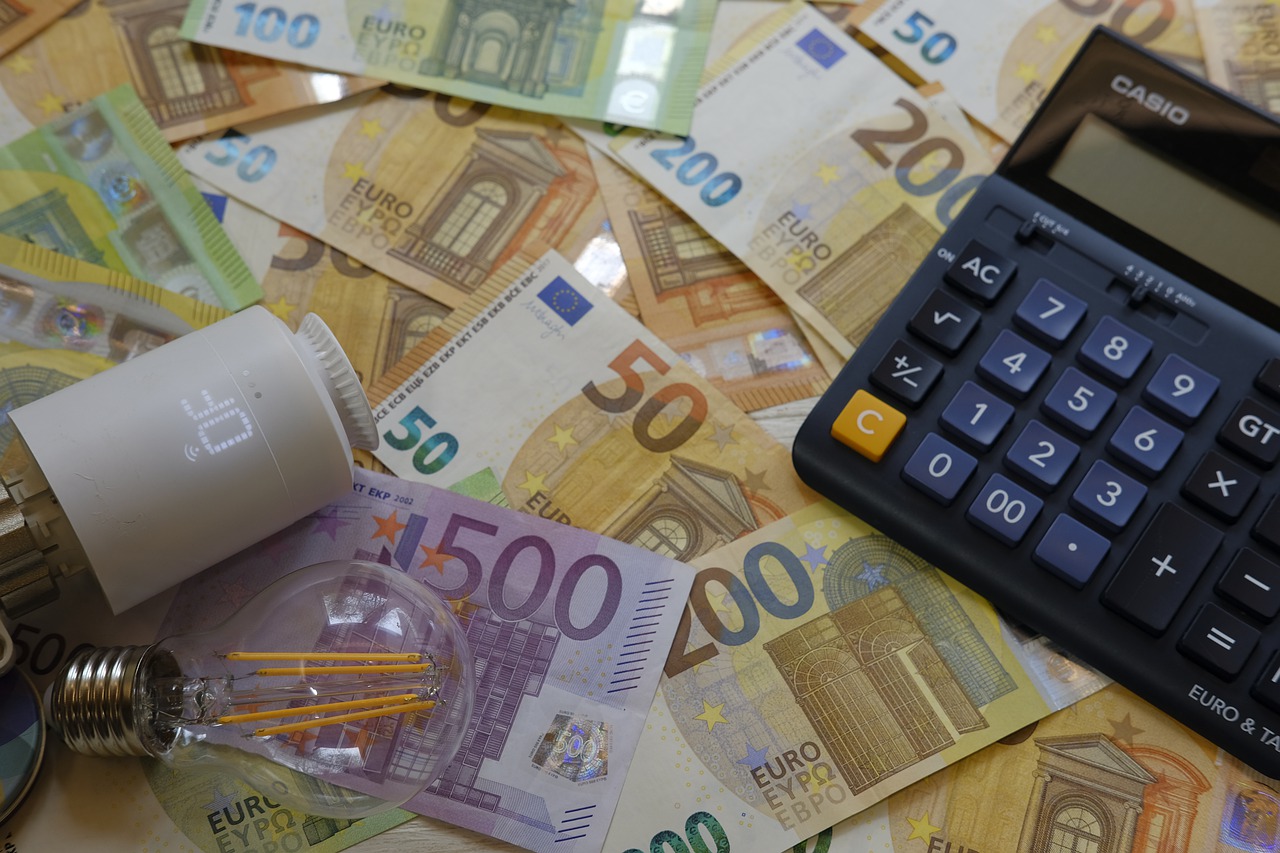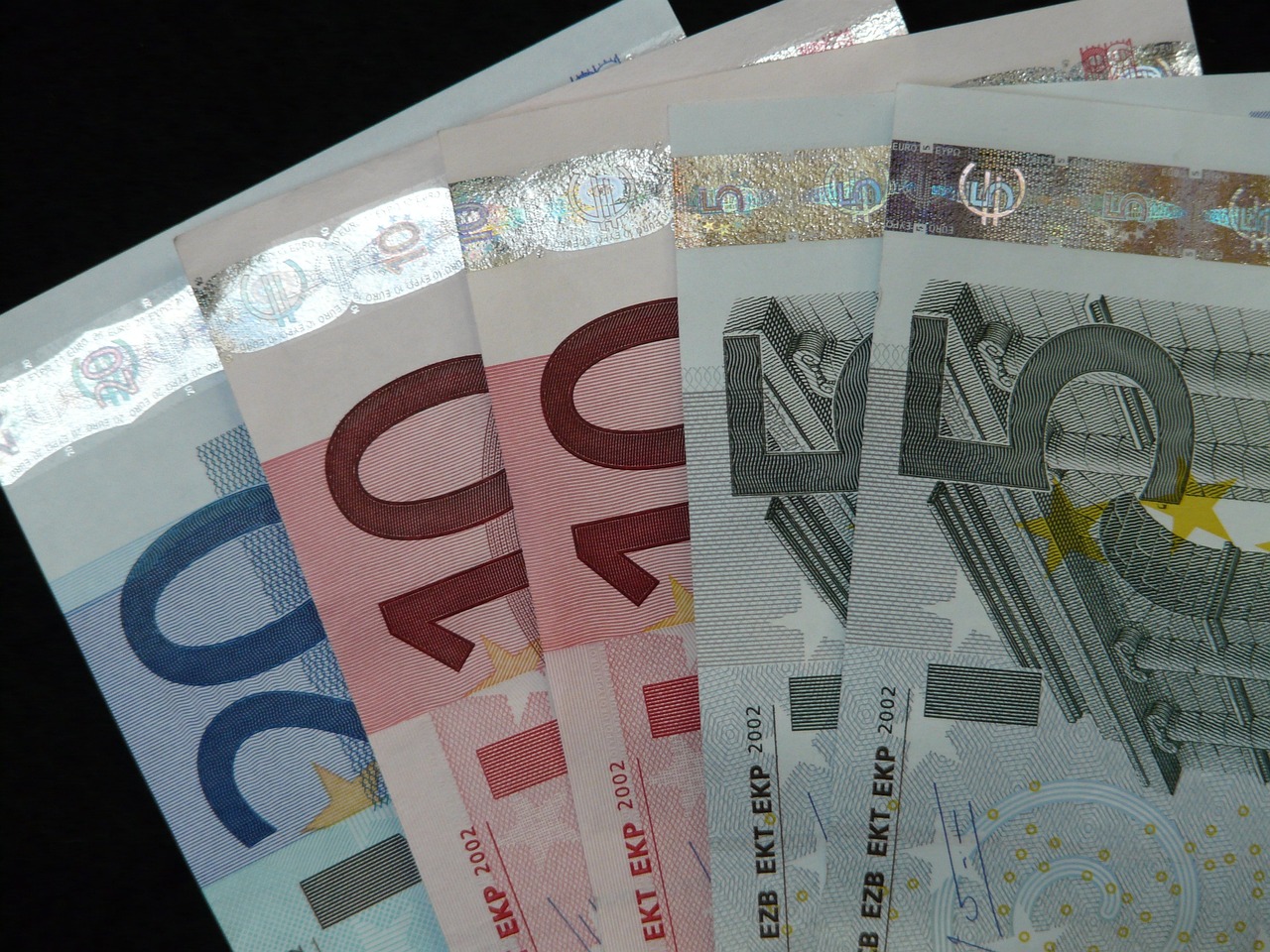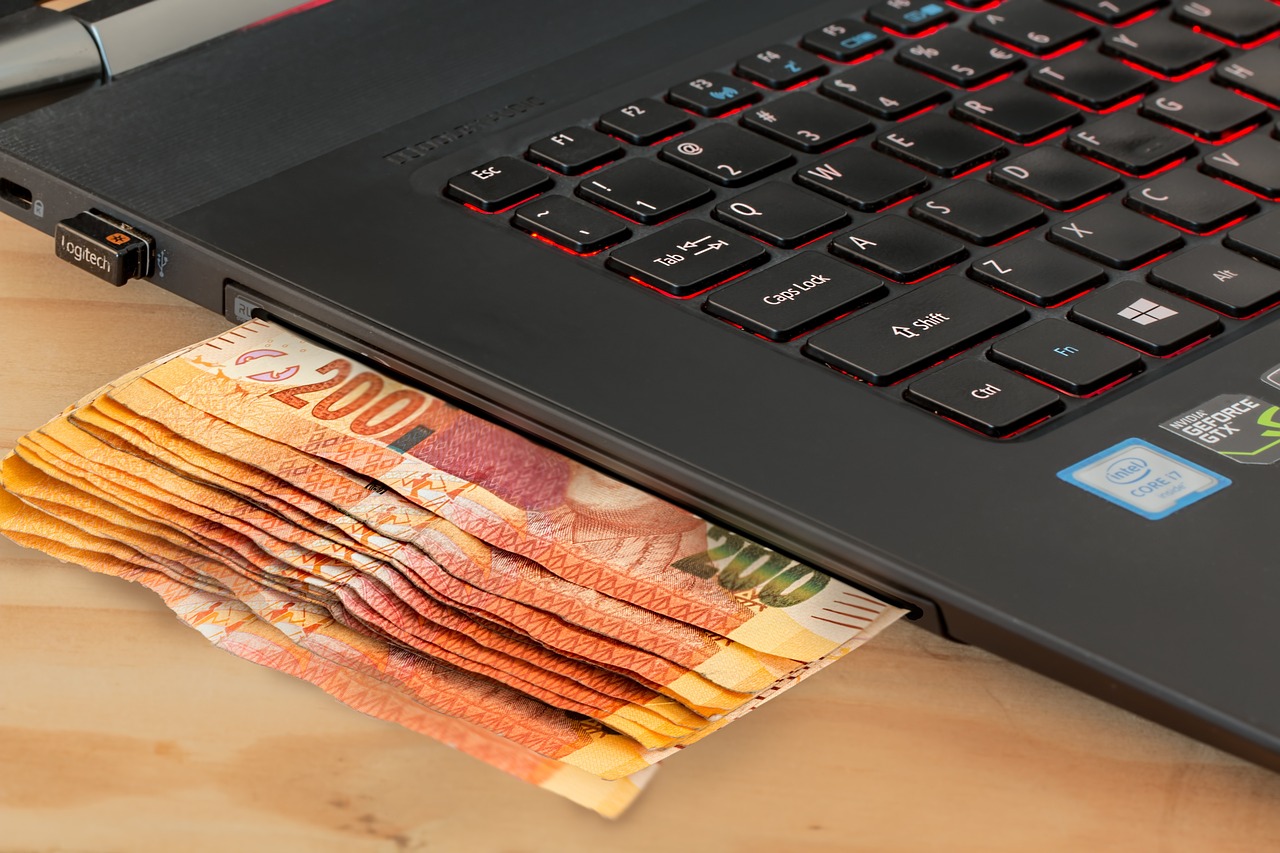Understanding the Dollar to Real Exchange Rate and Why Brazil’s Currency Value Fluctuates
GPT_Global - 2025-10-21 07:30:23.0 14
How does the Brazilian government intervene in the value of the real against the dollar?
The value of the Brazilian real against the US dollar is influenced by various factors, including government intervention. The Brazilian government has implemented several strategies to stabilize the exchange rate, ensuring economic stability and protecting businesses and individuals from excessive fluctuations in currency value.
One of the primary tools the government uses is monetary policy. The Central Bank of Brazil adjusts interest rates and engages in open market operations, buying and selling foreign currencies to manage the real's value. This helps to control inflation and stabilize the economy, which is crucial for remittance businesses that rely on currency exchange.
Another method of intervention is through direct foreign exchange reserves. The government maintains a substantial amount of foreign reserves, allowing it to influence the value of the real in the international market. This provides a buffer during times of economic instability, which can impact remittance rates and the cost of sending money to Brazil.
For remittance businesses, understanding the government's role in exchange rates is crucial. By monitoring these interventions, businesses can anticipate market changes and better serve customers who rely on sending or receiving money across borders.

What’s the typical fee when converting 1 dollar to real at a currency exchange shop?
When sending money abroad, understanding the currency exchange process is crucial, especially when converting US dollars to Brazilian reais. Currency exchange shops typically charge a fee for this service, and knowing these fees can help you make informed decisions about your remittance.
Typically, the fee charged by currency exchange shops when converting 1 USD to BRL (Brazilian real) can range from 1% to 5%. This rate can vary depending on the location, the specific exchange shop, and the amount being exchanged. In most cases, larger amounts might receive more favorable rates.
In addition to the transaction fee, exchange shops may offer less favorable rates compared to banks or online money transfer services. These shops profit from the difference between the "buy" and "sell" exchange rates. It's always wise to compare the rates across multiple shops or use an online remittance service to find the best value.
For those looking to send money internationally, understanding the fees and exchange rates is vital to maximize the amount the recipient will receive. By considering these factors, you can avoid unexpected costs and ensure your remittance reaches its destination with minimal fees.
What are the best times to exchange dollars to reals for a better rate?
When it comes to exchanging US dollars (USD) for Brazilian reals (BRL), timing plays a crucial role in securing the best exchange rate. Understanding market trends and knowing when to make the exchange can help you get more value for your money.
One of the best times to exchange dollars for reals is during periods of market stability. Generally, avoiding volatile market conditions can result in better exchange rates. This means steering clear of times when the Brazilian economy faces uncertainty or political turmoil.
Additionally, consider timing your exchange to align with global financial market cycles. Typically, early mornings or mid-week days tend to offer more favorable rates. Currency fluctuations are influenced by global economic reports, so staying informed can help you make a more educated decision.
Lastly, using a remittance business or online currency exchange service can often provide better rates compared to traditional banks, as they tend to offer lower margins and fees. By monitoring trends and utilizing the right service, you can maximize the amount of BRL you receive for your USD.
How does the political stability in Brazil influence the value of 1 dollar in real?
Political stability plays a crucial role in determining the value of currencies worldwide, including the Brazilian real. In Brazil, changes in political leadership or instability can significantly influence the exchange rates, including the value of the U.S. dollar against the real. When Brazil experiences political turmoil, such as corruption scandals or government uncertainty, foreign investors may pull out their funds, leading to a depreciation of the real against the dollar.
On the other hand, periods of political stability typically foster investor confidence. This, in turn, strengthens the Brazilian economy and stabilizes the exchange rate. For businesses involved in remittances, understanding how Brazil’s political environment affects currency exchange is essential. Fluctuations in the value of the real can impact the cost of sending money to Brazil, which could either increase or decrease depending on the political situation.
For remittance companies, closely monitoring Brazil’s political climate can help in predicting currency fluctuations. This knowledge allows businesses to offer better rates and predict the best times for sending money. Consequently, political stability directly impacts the success and efficiency of remittance operations to Brazil.
Why do exchange rates between the US dollar and Brazilian real fluctuate so much?
Exchange rates between the US dollar (USD) and the Brazilian real (BRL) fluctuate frequently due to economic, political, and market factors. These fluctuations are especially important for individuals and businesses involved in international money transfers or remittances between the United States and Brazil. Understanding what drives these changes can help senders choose the best time to transfer money and get more value from each transaction.
One of the main reasons for these fluctuations is the difference in interest rates set by the US Federal Reserve and the Central Bank of Brazil. Higher interest rates in one country can attract foreign investment, increasing demand for that country’s currency. Additionally, Brazil’s economy is heavily dependent on commodities like soybeans, oil, and iron ore, meaning that global price shifts can significantly affect the BRL’s value.
Political stability and investor confidence also play major roles. When uncertainty arises—such as during elections or policy changes—the BRL may weaken against the USD. For those sending remittances, monitoring these trends is key. Partnering with a trusted remittance service can help you lock in competitive exchange rates and minimize the impact of currency volatility.
How does tourism affect the value of the real against the dollar?
Tourism plays a vital role in influencing the exchange rate between the Brazilian real (BRL) and the U.S. dollar (USD). When tourism in Brazil grows, more foreign visitors bring dollars into the country and exchange them for reais. This increased demand for the local currency strengthens the real, making it more valuable compared to the dollar. Conversely, when tourism declines, fewer dollars flow into Brazil, reducing demand for the real and causing it to weaken.
For remittance businesses, these fluctuations in the BRL-USD exchange rate are crucial. A stronger real means that families in Brazil receive more value when converting foreign remittances into local currency, while a weaker real can reduce purchasing power. Companies in the remittance industry can use these trends to optimize transfer rates, improve customer satisfaction, and promote services that offer the best value for cross-border money transfers.
Understanding how tourism impacts currency values helps remittance providers and customers make smarter financial decisions. By monitoring tourism trends and exchange rate movements, businesses can provide better guidance to clients sending money to Brazil, ensuring faster, more cost-effective international transfers.
If I travel to Brazil with 1 dollar, how much real can I expect to receive in return?
```htmlWhen traveling to Brazil, understanding the currency exchange rate is essential. If you are carrying 1 US dollar, you may be wondering how much Brazilian Real (BRL) you can expect in return. The exchange rate fluctuates based on market conditions, so it’s crucial to check real-time rates. As of now, 1 USD is typically equivalent to approximately 5.00 BRL, though this can vary slightly.
To get the best exchange rate, avoid exchanging money at airports or tourist hotspots, as these often offer less favorable rates. Instead, consider using local banks or official exchange services, where you may get a better deal. Additionally, many remittance services offer competitive rates for sending money to Brazil, often with low fees and fast transfers.
If you’re planning to send money to loved ones in Brazil, partnering with a trusted remittance company can help you ensure that your recipients get the most out of every dollar. Always keep an eye on the latest rates to make sure your funds are exchanged efficiently and effectively.
```
About Panda Remit
Panda Remit is committed to providing global users with more convenient, safe, reliable, and affordable online cross-border remittance services。
International remittance services from more than 30 countries/regions around the world are now available: including Japan, Hong Kong, Europe, the United States, Australia, and other markets, and are recognized and trusted by millions of users around the world.
Visit Panda Remit Official Website or Download PandaRemit App, to learn more about remittance info.


